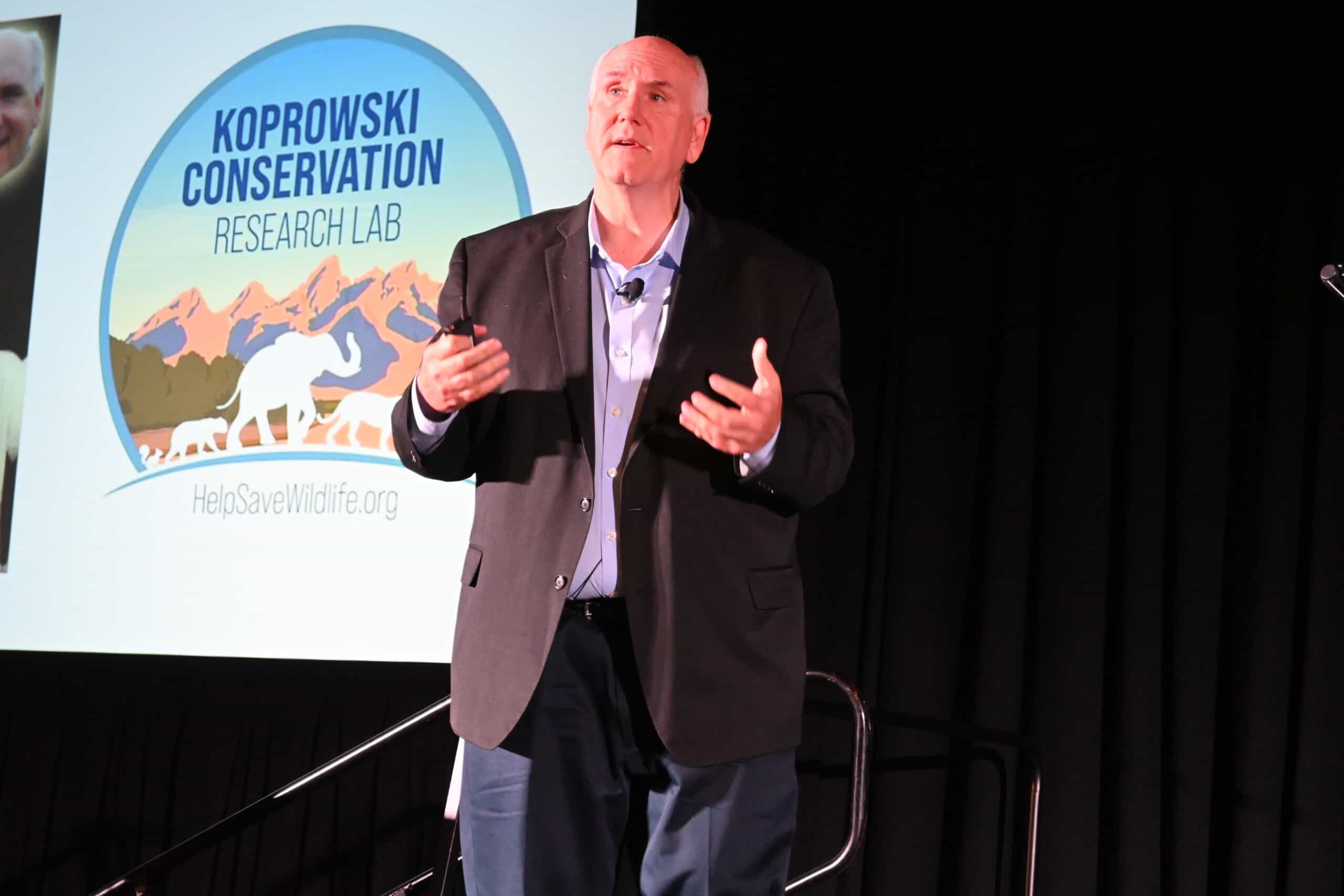
Q&A: A framework for ethics in wildlife management
In a society with competing views of wildlife, should managers be more explicit about the values at stake?

Arctic beavers may exacerbate climate change
Beavers expose methane frozen in the permafrost

TWS 2023: Confronting a changing profession
At TWS’ 30th Annual Conference, wildlifers grappled with shifting priorities


Women wildlife conservation leaders discuss mentorship
Top women wildlife leaders joined together to share their journeys

Meet our sponsors—Part 2!
Find out more about the products, services and efforts TWS’ conference sponsors have to offer

TWS 2023: Leopold Award recipient searches for the ‘purple bike’
John Koprowski discusses the importance of benefiting communities in conservation work


TWS 2023: Building trust in science
How can scientists combat misinformation?

Meet our sponsors!
Find out more about the products, services and efforts TWS’ conference sponsors have to offer

TWS’ 30th annual conference gets underway in Louisville
Thousands of wildlifers arrived in Louisville, Kentucky, for The Wildlife Society’s 30th Annual Conference. Participants gathered for the welcome reception at 4th Street Live!, a popular downtown venue that offered...







